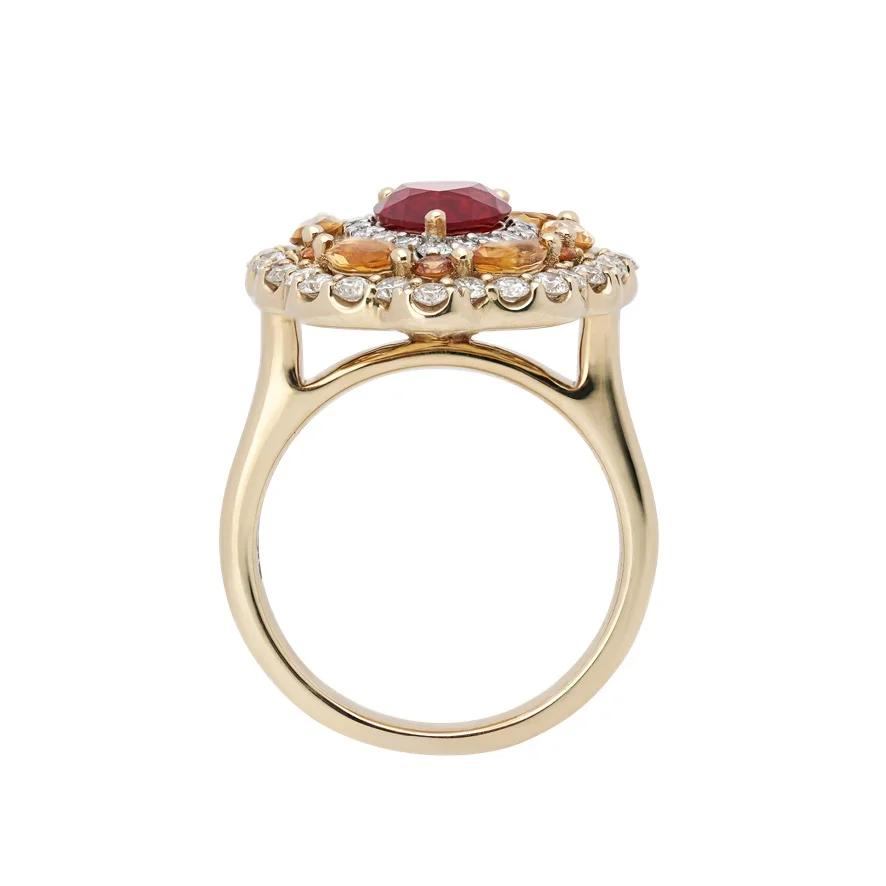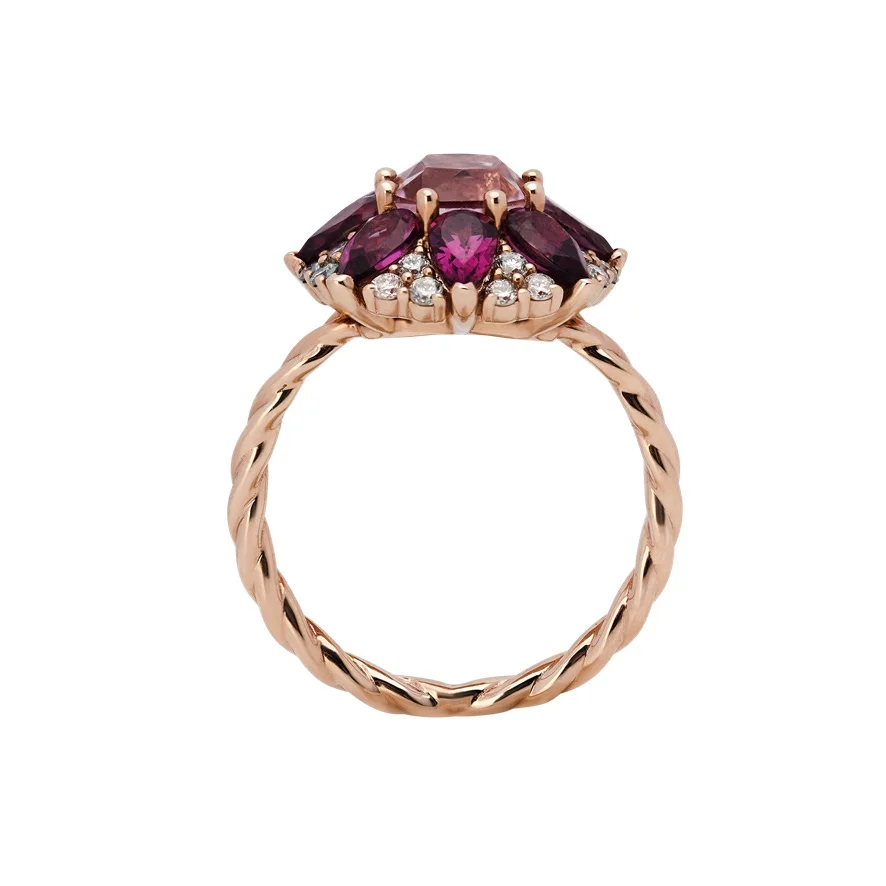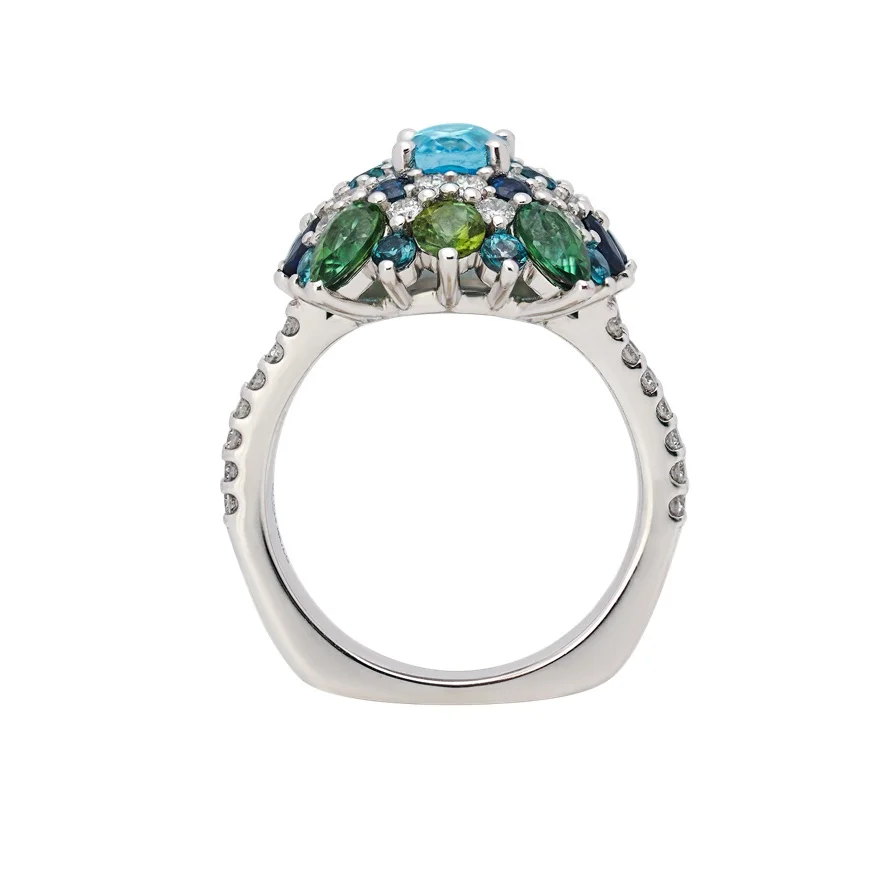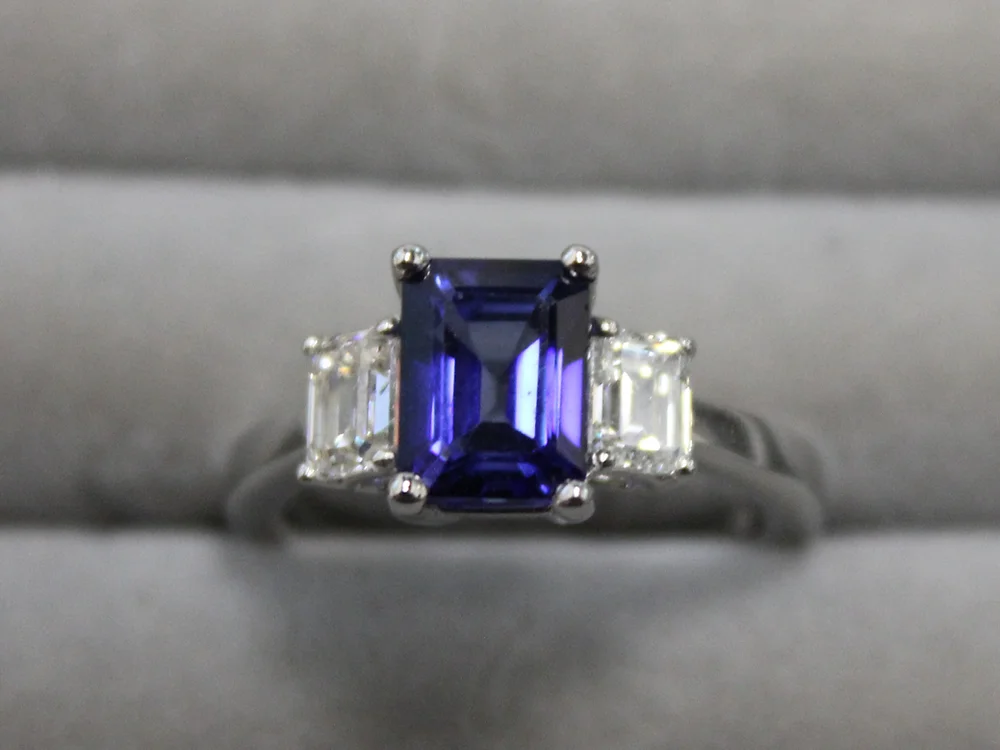Metal Breakdown
- Marah Cecil

- Aug 14, 2024
- 4 min read
Updated: Aug 15, 2024
For our inaugural blog post I wanted to start with the basics, something fundamental. As metals are the very foundation of jewelry, it seemed an appropriate place to begin. In this post we’ll learn about different types of metals commonly used in fine jewelry making as well as the pros and cons of each.
Gold
Throughout history, gold has been the most coveted metal for use in the art of fine jewelry. It is so intrinsic to the craft that “goldsmith” has become synonymous with “jeweler”. But why has it been the darling of the jewelry world for around 6,000 years?
Gold is irresistibly lustrous and has an unparalleled warm glow. Its eye-catching color and immunity to tarnish and corrosion made it a very attractive metal for early artisans. Pure gold on its own is incredibly malleable which aids in a jeweler’s ability to work the metal. However, the same suppleness that makes delicate and intricate designs possible also causes the gold to be unable to hold up to regular usage. The challenge, then, for the goldsmiths is how to make the gold stronger and sturdier without sacrificing color. This is where alloys enter the picture. Since alloy amounts can affect the color, there is a noticeable difference in color between different purities of yellow gold. Less adulterated gold will have a much richer color than its lower karat counterparts. So if the color is richer with higher karat gold, why bother with lower purity gold at all? The two main answers to that question are cost and durability. Let’s compare common purities of gold.

24 karat gold is pure and thus boasts the radiant golden color the metal is known for, though often a bit more orange-tinted than most would expect. Its purity also means that it is too malleable for regular use and wear. This is not to say that no jewelry is made with 24 karat gold, but great care must be taken to ensure the longevity of such pieces. Pure gold is often prohibitively expensive, but accordingly has the highest resale value.
18 karat gold is roughly 75% gold and 25% alloy metals. It has considerably more durability than pure gold, though is still more prone to scratches and dents than lower karat blends. The color of 18 karat gold is nearly as warm and bright as pure gold, slightly toned down but often more desirable. This purity of gold keeps value well, especially as gold prices continue to creep up, though this makes it inaccessible to some consumers.
14 karat gold is 58.3-58.5% gold and 41.5-41.7% alloy. 14 karat gold has a golden color that is less orange-y than more pure gold but still gleaming and gorgeous. It also has greater durability and is much more affordable than higher purities of gold. For these reasons it is the most common blend for jewelry crafting.
10 karat gold is 41.7% gold and 58.3% alloy. It is the most cost effective, but has a less vibrant, muted color. Due to a higher percentage of alloy metals than gold, 10 karat is the hardest, but this hardness causes it to be more brittle which can become problematic with everyday wear.
As we have established, alloy choices can greatly affect the color of the finished blend. Yellow gold is typically alloyed with silver, copper and zinc, whereas white gold is mixed with nickel, zinc, and palladium. Rose gold is formulated with only copper and silver, heavy on the copper to give the metal its signature rosy hue.
Platinum
Platinum has been used in small amounts for jewelry for around 3,000 years, although it had a huge boost in popularity in the late 19th century. Platinum is prized for jeweling purposes due to its strength and durability. Platinum jewelry holds up well to everyday wear and tear. Platinum is hypoallergenic and contains no nickel, a common irritant. Instead platinum is usually alloyed with iridium, ruthenium, and cobalt. Unlike white gold, platinum does not need to be regularly electroplated with rhodium to keep it bright and white, although the metal will patina with surface scratches although this look is generally considered to be desirable and the metal can easily be brought back to its original gleam with a good polish.
Silver
Silver is thought to have been discovered around 5,000 years ago and immediately used for making jewelry. While once highly prized for royalty and the wealthy, silver has fallen from its place of prominence. Many big names in jewelry have substituted platinum in pieces that once would have been made from silver. Silver is extremely malleable, even in common alloy blends, which makes jewelry less structurally sound, especially if the piece is on the daintier side. Silver pieces can still hold up to regular wear, especially if made to be thicker and sturdier. The softness of silver does allow small details that other metals do not, such as extra texture etched into the surface of the metal.
Silver tarnishes with exposure to light and air, although some designs use this to advantage as the patina allows designs to better stand out and gives the piece an old-world or antique look. Due to its previous decline in popularity and general abundance compared to other fine metals, silver is incredibly affordable, which is making it more attractive to consumers once again.

There are a lot of metrics to take into account when choosing the metal foundation for your piece. Finding the right metal requires you to take into account durability, aesthetics, and cost. This knowledge will hopefully help make this decision easier no matter what metal you end up selecting for your new piece of jewelry.

















Comments